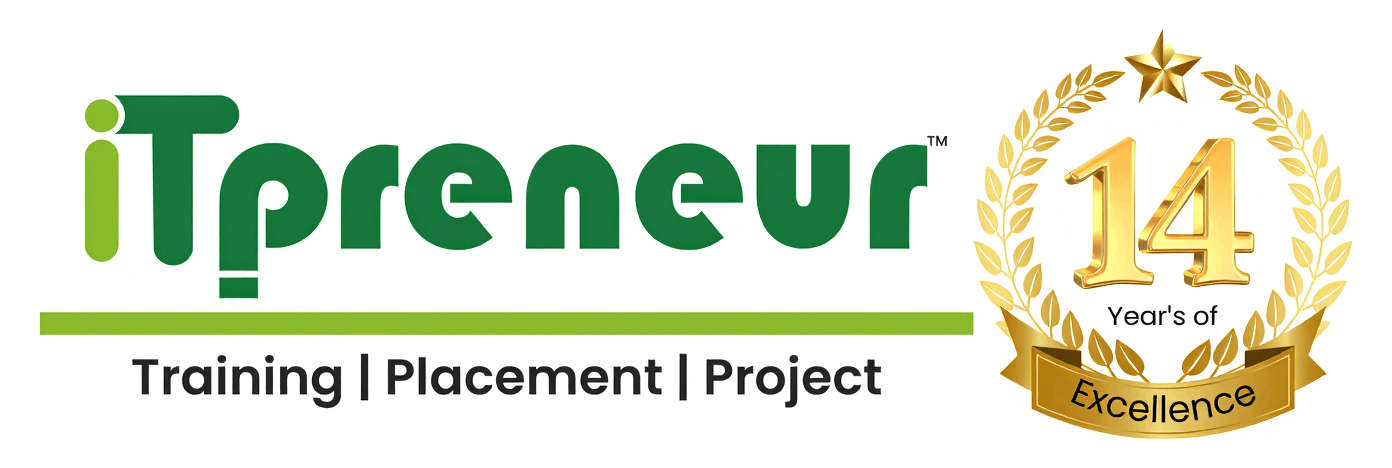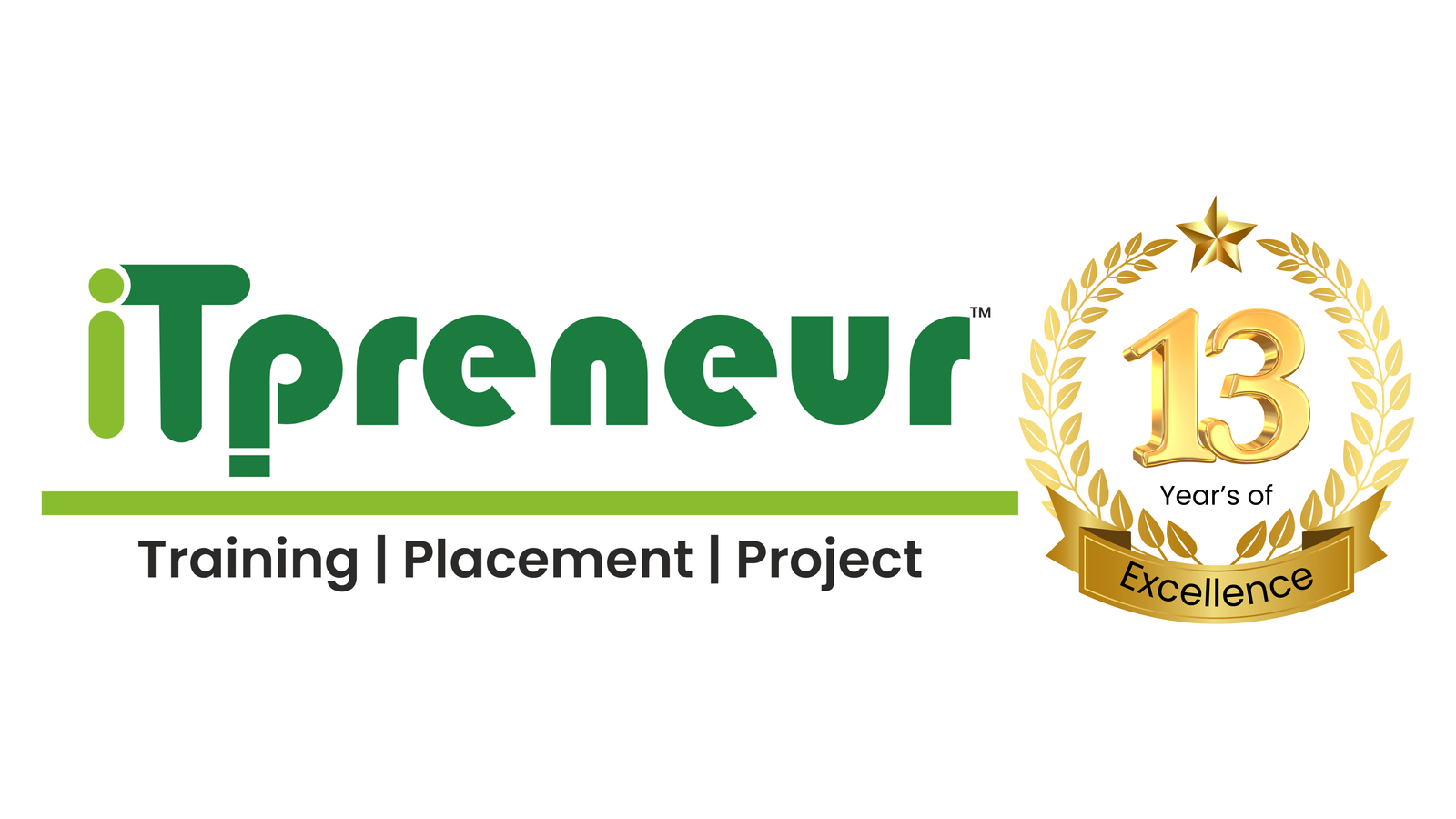In the fast-paced world of software development, businesses and entrepreneurs are constantly looking for efficient, scalable, and robust solutions. Java has been a dominant force in the software industry for decades, making it a top choice for full-stack development. If you are an ITpreneur looking to build enterprise-grade applications, mastering full-stack Java development is a great investment. This blog explores the key aspects of full-stack Java development, including its advantages, essential tools, frameworks, and best practices.
Why Choose Java for Full-Stack Development?
Java has been a popular programming language for over two decades, known for its stability, security, and scalability. Here are some reasons why Java is ideal for full-stack development:
- Platform Independence – Java’s “Write Once, Run Anywhere” (WORA) principle makes it highly portable. You can develop applications on one platform and run them on another without modifications.
- Rich Ecosystem – Java has a vast ecosystem with robust frameworks, libraries, and tools that support full-stack development.
- Security – Java offers built-in security features, making it a preferred choice for enterprise applications.
- Scalability – Java applications can handle large-scale operations, making them suitable for businesses that expect growth.
- Strong Community Support – With millions of developers worldwide, Java has excellent community support, extensive documentation, and third-party integrations.
Understanding Full-Stack Java Development
Full-stack development involves working on both front-end and back-end technologies. A full-stack Java developer should be proficient in:
- Front-End (Client-Side) – Technologies like HTML, CSS, JavaScript, and frameworks like Angular or React.
- Back-End (Server-Side) – Java frameworks like Spring Boot, Hibernate, and Jakarta EE.
- Database Management – Relational and NoSQL databases like MySQL, PostgreSQL, MongoDB.
- DevOps and Deployment – CI/CD pipelines, Docker, Kubernetes, and cloud services.
Let’s break down the tech stack for full-stack Java development.
Front-End Development in Java Full-Stack
Though Java is primarily a back-end language, front-end technologies play a crucial role in full-stack development. Here are some essential front-end tools and frameworks:
1. HTML, CSS, and JavaScript
These are the fundamental building blocks of web applications. HTML structures the content, CSS styles it, and JavaScript adds interactivity.
2. Angular or React
- Angular – A TypeScript-based front-end framework developed by Google. It is ideal for building dynamic web applications.
- React – A JavaScript library developed by Facebook, widely used for creating interactive UIs with reusable components.
3. Thymeleaf
For Java developers who prefer server-side rendering, Thymeleaf is a popular templating engine that works seamlessly with Spring Boot.
Back-End Development in Java Full-Stack
The back-end is the core of any full-stack application, handling business logic, database interactions, and server-side operations.
1. Spring Boot
Spring Boot is a powerful Java framework that simplifies back-end development. It provides:
- Auto-configuration for easy setup.
- Embedded web servers (Tomcat, Jetty).
- Microservices support.
- Security features like OAuth2 and JWT.
2. Hibernate (ORM)
Hibernate is an Object-Relational Mapping (ORM) framework that simplifies database interactions by converting Java objects into database tables. It eliminates the need for writing complex SQL queries.
3. Jakarta EE (formerly Java EE)
Jakarta EE is a set of specifications for enterprise applications, offering APIs for web services, security, and data processing. It is widely used in large-scale applications.
Database Management for Full-Stack Java Developers
Handling data efficiently is a crucial aspect of full-stack development. Depending on the application’s needs, developers can choose from relational or NoSQL databases.
1. MySQL & PostgreSQL (Relational Databases)
Both databases offer reliability and scalability. They are widely used in enterprise applications.
2. MongoDB (NoSQL Database)
MongoDB is a document-oriented NoSQL database, ideal for handling large volumes of unstructured data. It is commonly used in applications that require high flexibility.
3. JPA (Java Persistence API)
JPA is a Java specification that simplifies database access using ORM frameworks like Hibernate.
API Development and Integration
APIs enable seamless communication between different systems. Java developers often use:
- Spring Boot RESTful APIs – Creating RESTful web services using Spring Boot is easy with built-in annotations like @RestController and @RequestMapping.
- GraphQL – An alternative to REST, GraphQL is used for fetching specific data efficiently.
- Swagger – A tool for API documentation and testing.
DevOps and Deployment
To ensure smooth deployment and maintenance, full-stack developers should be familiar with DevOps practices.
1. CI/CD Pipelines
Continuous Integration and Continuous Deployment (CI/CD) automate testing and deployment processes. Tools like Jenkins, GitHub Actions, and GitLab CI/CD are commonly used.
2. Docker & Kubernetes
- Docker – Allows packaging applications into containers for easy deployment.
- Kubernetes – Manages containerized applications at scale.
3. Cloud Services
Java applications can be deployed on cloud platforms like AWS, Google Cloud, and Microsoft Azure for scalability and reliability.
Best Practices for Full-Stack Java Development
To develop efficient and maintainable applications, follow these best practices:
- Follow MVC Architecture – Separate concerns by using Model-View-Controller (MVC) for better code management.
- Write Clean and Modular Code – Follow SOLID principles and break code into smaller, reusable components.
- Use Security Best Practices – Implement authentication and authorization using Spring Security, JWT, or OAuth2.
- Optimize Database Queries – Avoid redundant queries and use indexing to enhance performance.
- Implement Caching – Use caching mechanisms like Redis or Ehcache to reduce database load.
- Monitor Application Performance – Use tools like Prometheus and Grafana for monitoring application health.
- Write Unit and Integration Tests – Use JUnit and Mockito for testing to ensure code reliability.
Career and Business Opportunities in Full-Stack Java Development
As an ITpreneur, mastering full-stack Java development opens up various opportunities:
- Start Your Own Software Firm – Build and sell SaaS products, enterprise applications, or custom solutions.
- Freelancing & Consulting – Offer development services to businesses worldwide.
- Join a Tech Startup – Work with innovative startups looking for full-stack developers.
- Develop Enterprise Applications – Build ERP, CRM, and other business applications.
Conclusion
Full-stack Java development is a valuable skill for ITpreneurs, enabling them to build scalable, secure, and high-performance applications. By mastering front-end and back-end technologies, database management, DevOps, and best practices, you can create innovative solutions and expand your business opportunities.
Are you ready to embark on your journey as a full-stack Java developer? Start learning today, experiment with projects, and stay updated with the latest industry trends!

